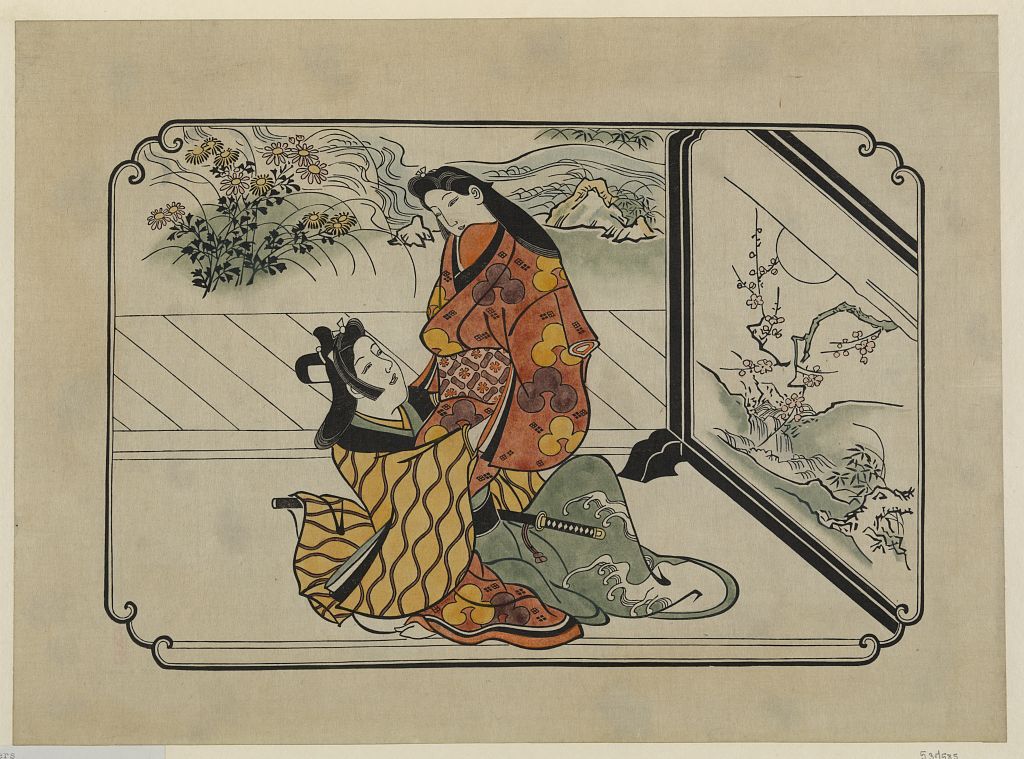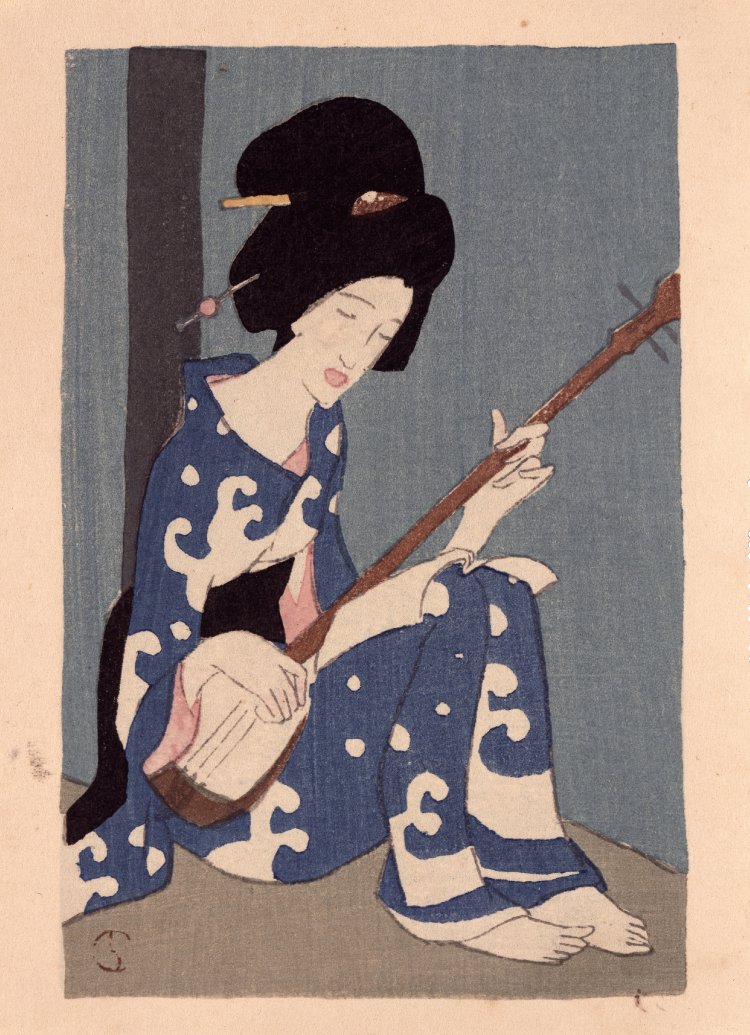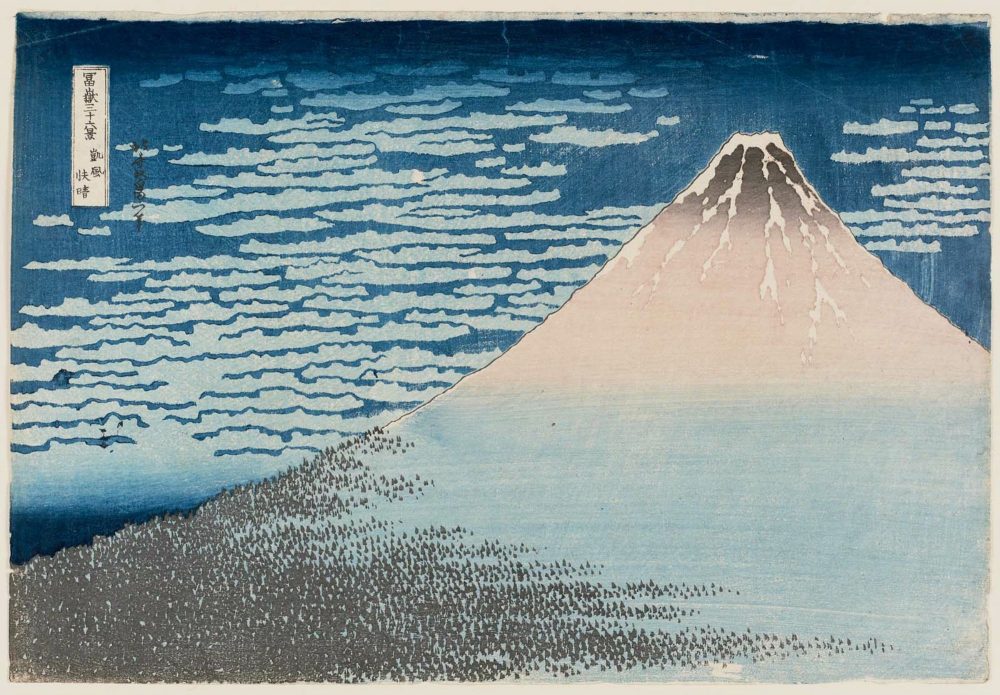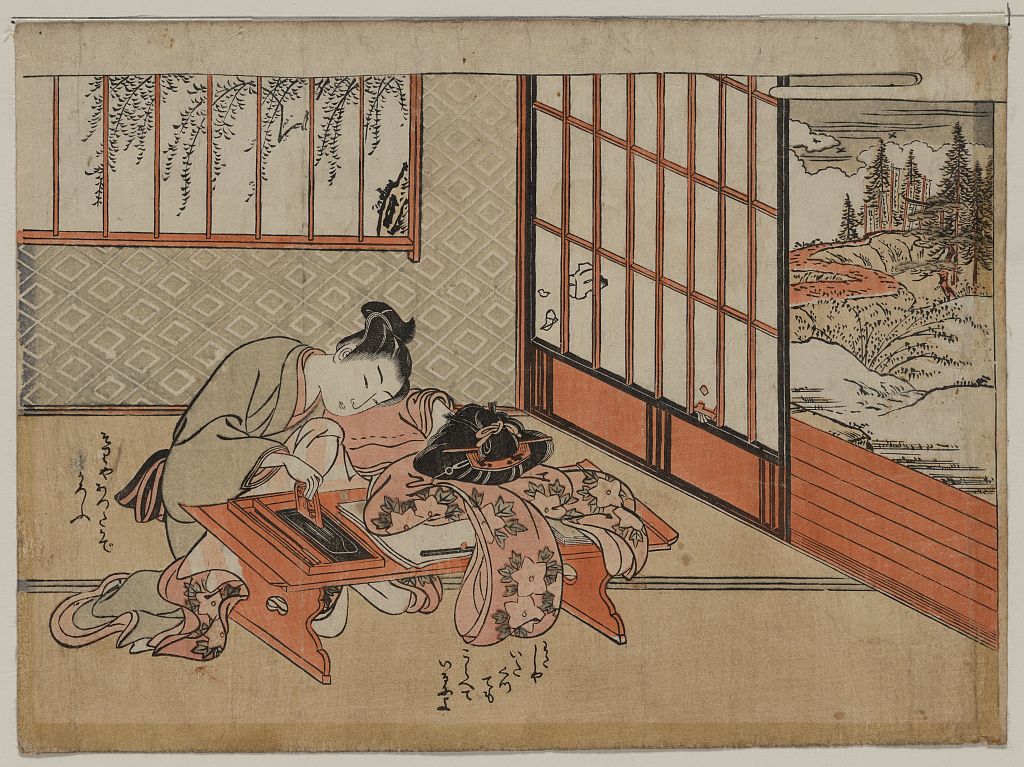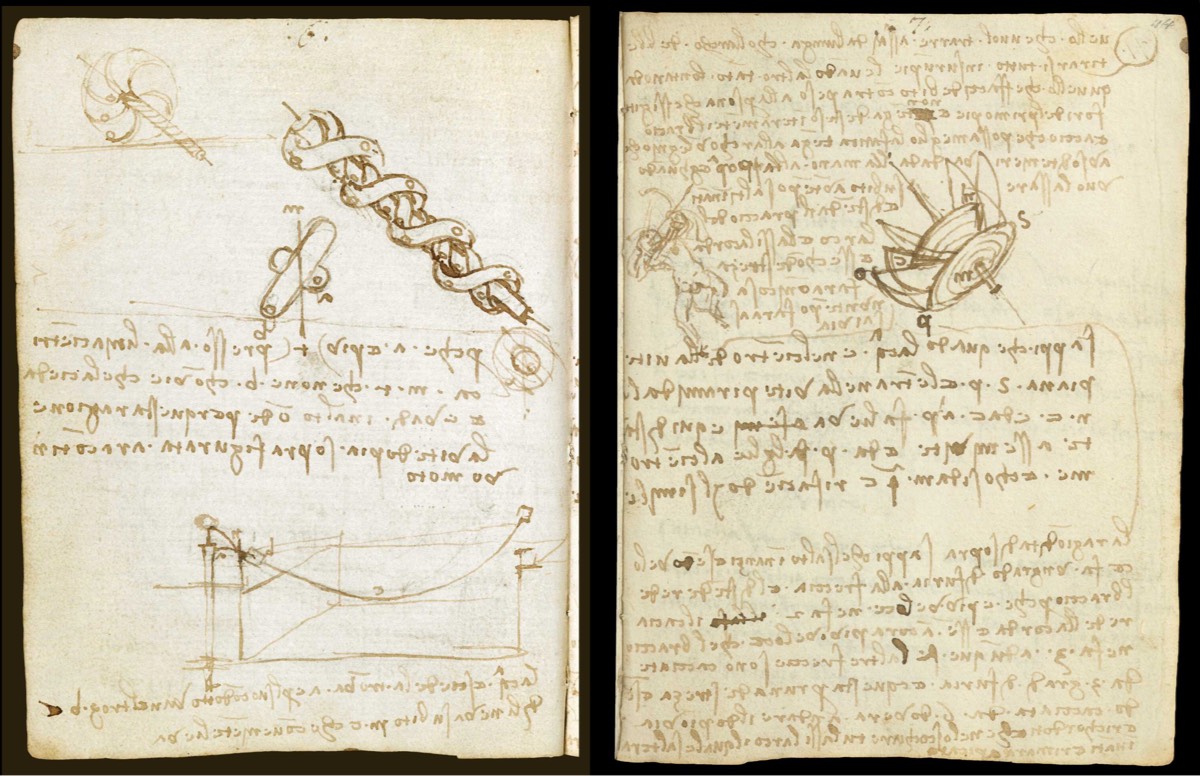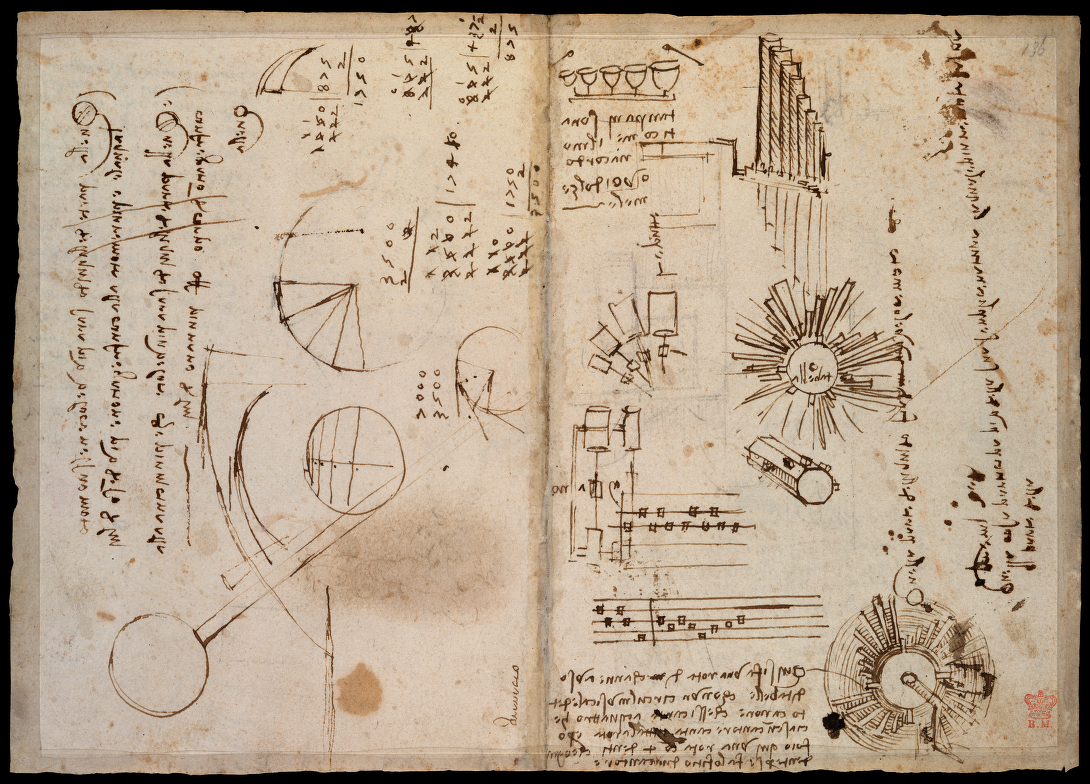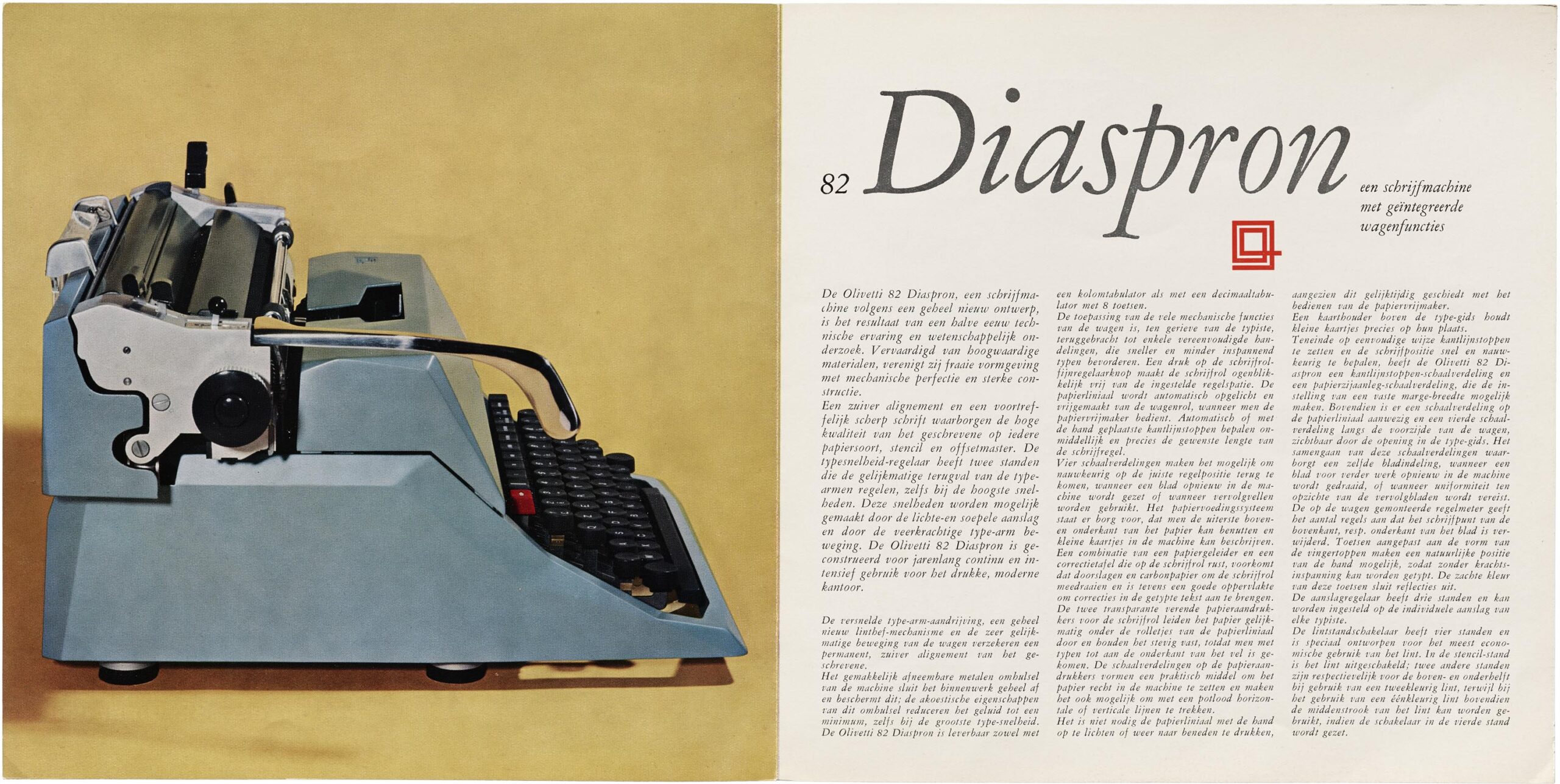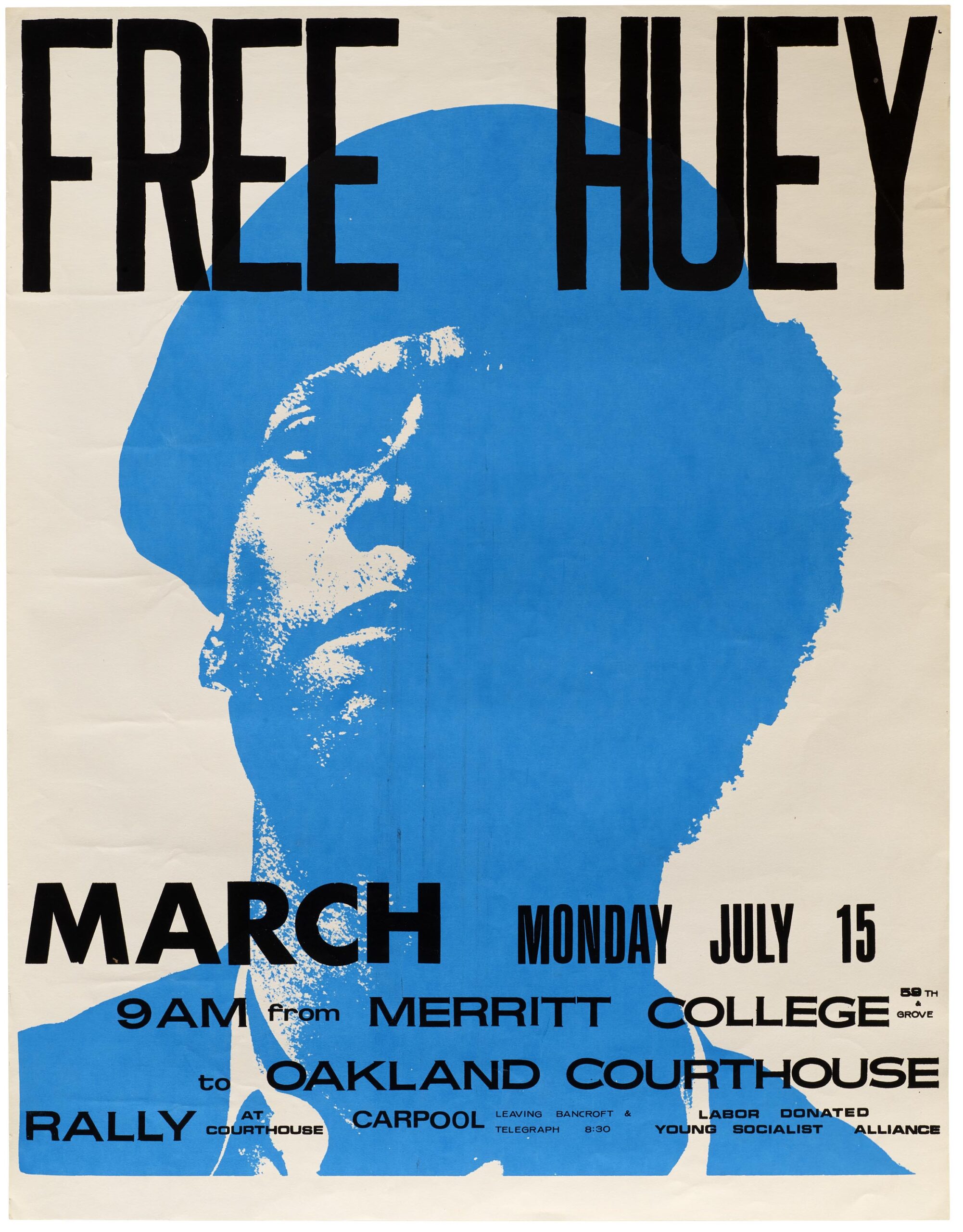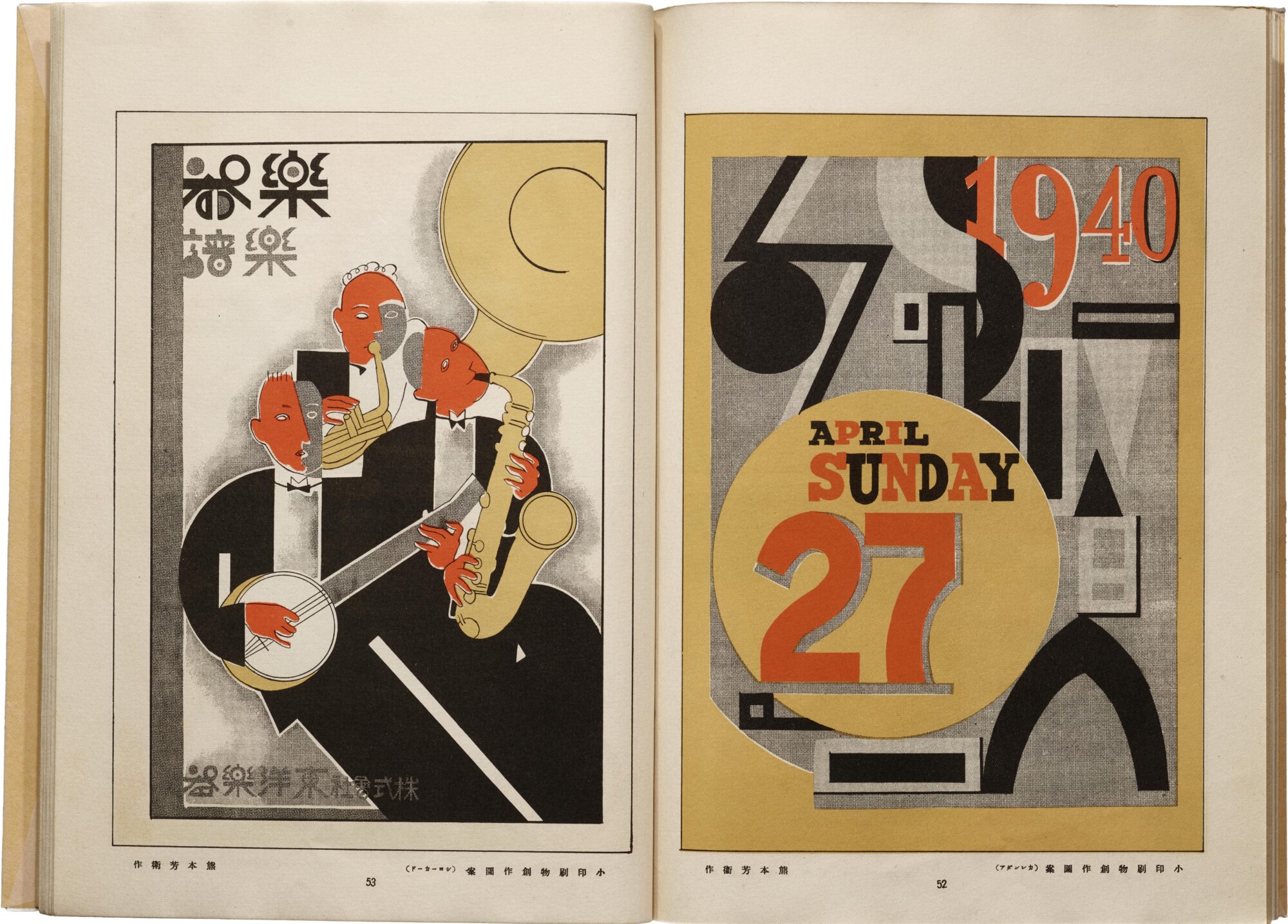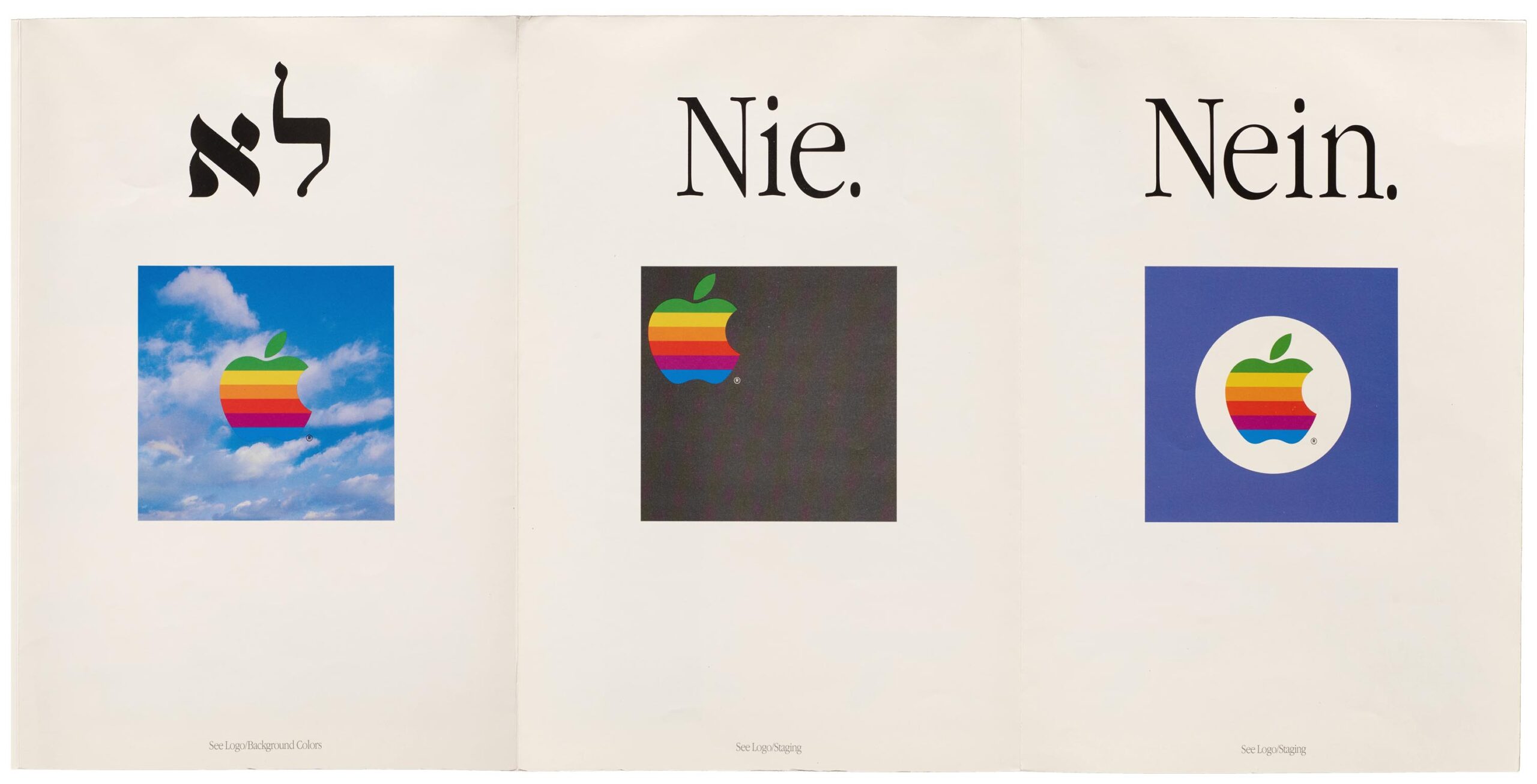A century ago, the United States was deep into the Jazz Age. No writer is more closely associated with that heady era than F. Scott Fitzgerald, who (in addition to coining the verb to cocktail) took it upon himself to popularize its name. In 1922 he even titled a short story collection Tales from the Jazz Age, which entered the public domain not long ago. You may be more familiar with another work of Fitzgerald’s that followed Tales from the Jazz Age into freedom just last year: a novel called The Great Gatsby. But only this year have the actual sounds of the Jazz Age come into the public domain as well, thanks to the Music Modernization Act passed by U.S. Congress in 2018.
“According to the act, all sound recordings prior to 1923 will have their copyrights expire in the US on January 1, 2022,” says the Public Domain Review. This straightens out a tangled legal framework that previously wouldn’t have allowed the release of pre-1923 sound recordings until the distant year of 2067.
And so all of us now have free use of every sound recording from a more than 60-year period that “comprises a rich and varied playlist: experimental first dabblings, vaudeville, Broadway hits, ragtime, and the beginnings of popular jazz. Included will be the works of Scott Joplin, Thomas Edison’s experiments, the emotive warblings of Adelina Patti and the first recording of Swing Low, Sweet Chariot.”
If you’d like to have a listen to all this, the Public Domain Review recommends starting with its own audio collection, a search for all pre-1923 recordings on Internet Archive, and two projects from the Library of Congress: the National Jukebox and the Citizen DJ project, the latter of which “has plans to do something special with the pre-1923 recordings once they enter the public domain.” You might also have a look at the Association for Recorded Sound Collections’ list of ten notable pre-1923 recordings, which highlights such proto-jazz records as “Crazy Blues” and “Dixieland Jass Band One-Step” (along with the wholly non-jazz work of Enrico Caruso and Pablo Casals).
According to Alexis Rossi at the Internet Archive Blog, the sound recordings just liberated by the Music Modernization act come to about 400,000 in total. Among them you’ll find “early jazz classics like ‘Don’t Care Blues’ by Mamie Smith and her Jazz Hounds, ‘Ory’s Creole Trombone’ by Kid Ory’s Sunshine Orchestra, and ‘Jazzin’ Babies Blues’ by Ethel Waters.” Rossi also highlights the novelty songs such as Billy Murray’s 1914 rendition of “Fido is a Hot Dog Now,” “which seems to be about a dog who is definitely going to hell.” The Jazz Age soon to come would exhibit a more raucous but also more refined sensibility: as Fitzgerald wrote in 1931, with the era he defined (and that defined him) already past, “It was an age of miracles, it was an age of art, it was an age of excess, and it was an age of satire.”
Related content:
Free: The Great Gatsby & Other Major Works by F. Scott Fitzgerald
Hear the First Jazz Record, Which Launched the Jazz Age: “Livery Stable Blues” (1917)
The Cleanest Recordings of 1920s Louis Armstrong Songs You’ll Ever Hear
Great New Archive Lets You Hear the Sounds of New York City During the Roaring 20s
Based in Seoul, Colin Marshall writes and broadcasts on cities and culture. His projects include the book The Stateless City: a Walk through 21st-Century Los Angeles and the video series The City in Cinema. Follow him on Twitter at @colinmarshall or on Facebook.

